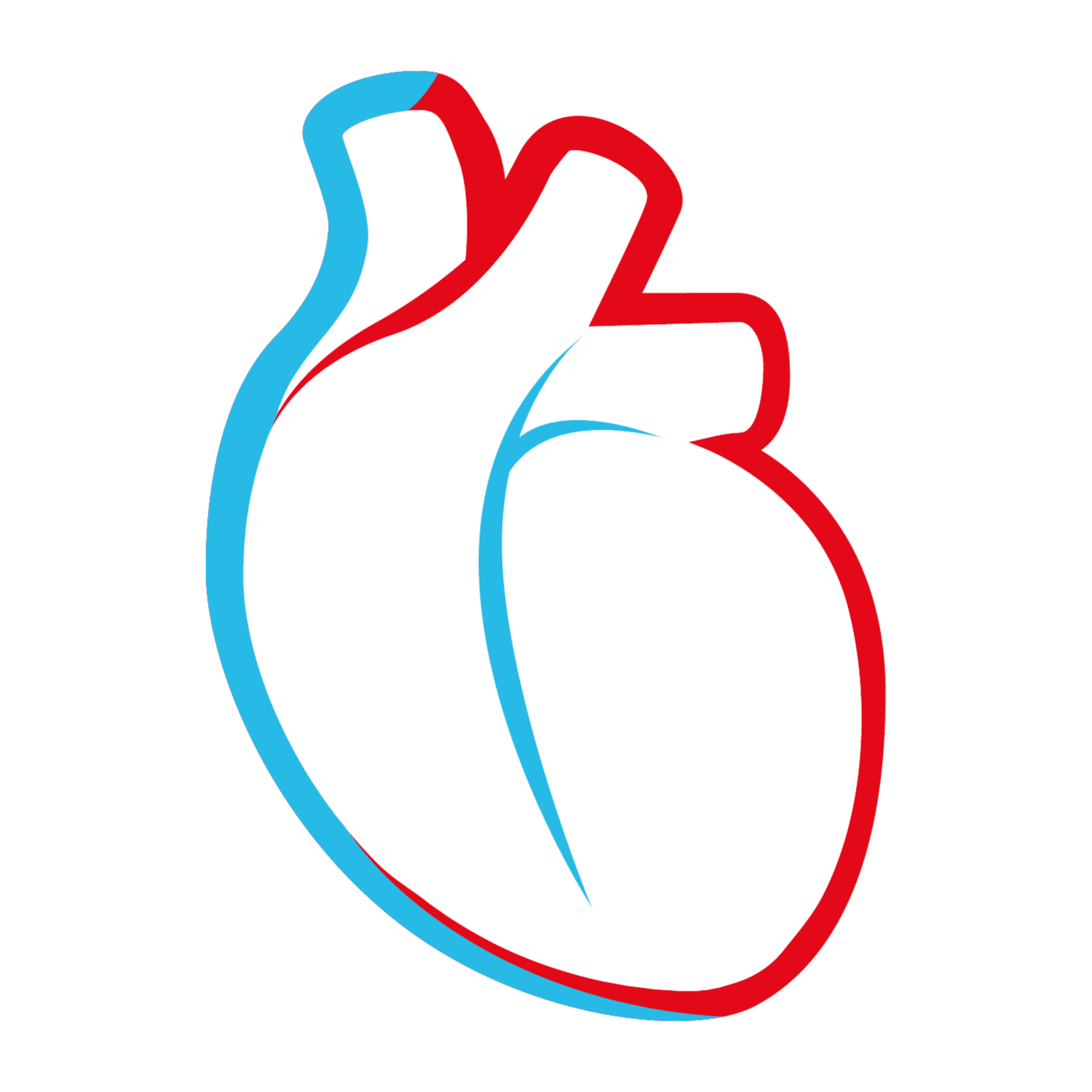Specialty Imaging
Specialist Cardiology offers both Cardiac MRI and CT Coronary Angiography.
Cardiac MRI
Heart magnetic resonance imaging (MRI) is an imaging method that uses powerful magnets and radio waves to create pictures of the heart. It does not use radiation (x-rays). MRI of the heart may be performed for further evaluation of signs or symptoms that may suggest:
Atherosclerosis. A gradual clogging of the arteries over many years by fatty materials and other substances in the blood stream
Cardiomyopathy. An enlargement of the heart due to thickening or weakening of the heart muscle
Congenital heart disease. Defects in one or more heart structures that occur during formation of the fetus, such as a ventricular septal defect (hole in the wall between the two lower chambers of the heart)
Congestive heart failure. A condition in which the heart muscle has become weakened to an extent that blood cannot be pumped efficiently, causing buildup (congestion) in the blood vessels, lungs, feet, ankles, and other parts of the body
Aneurysm. A dilation of a part of the heart muscle or the aorta (the large artery that carries oxygenated blood out of the heart to the rest of the body), which may cause weakness of the tissue at the site of the aneurysm
Valvular heart disease. Malfunction of one or more of the heart valves that may cause an obstruction of the blood flow within the heart
Cardiac tumor. A tumor of the heart that may occur on the outside surface of the heart, within one or more chambers of the heart (intracavitary), or within the muscle tissue of the heart
There may be other reasons for your doctor to recommend an MRI of the heart.
CT Coronary Angiography
Cardiac CT technology enables us to provide the most accurate non-invasive assessment of the coronary arteries. Cardiac CT is most commonly used to determine whether chest pain or other symptoms may be due to blocked coronary arteries. It is also commonly used for the early detection of coronary disease before the development of symptoms.


